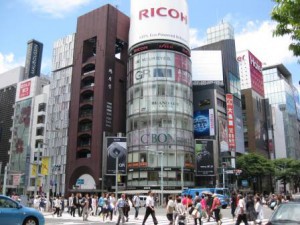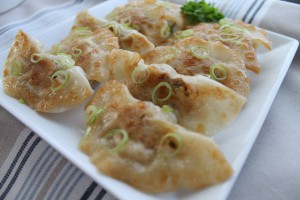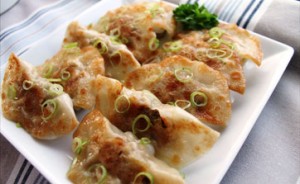In Japan, many universal vegetables such as onions, carrots, cabbage and potatoes are used in traditional Japanese cuisine and, it ranges from a bento box to a stew.
There is a large selection of local vegetables, root vegetables and herbs that only grow in Japan. Each season in Japan offers several different local herbs and vegetables. It makes Japanese cuisine very lively.
The Japanese prefer to eat vegetables and herbs when in season. They taste best and contain the most vitamins and minerals when in season.
This means that the dishes are regularly replaced at the many eateries and restaurants. It is often a new experience to go out and eat.
Read more about Traditional Japanese dishes for beginners
_
Zoë has lectured and held sushi courses for A. P. Moller – Maersk, Hugo Boss Nordic, Novo Nordisk, Novartis, Velux, Gorrissen Federspiel, Beierholm revision, Elbek & Vejrup and many more.



